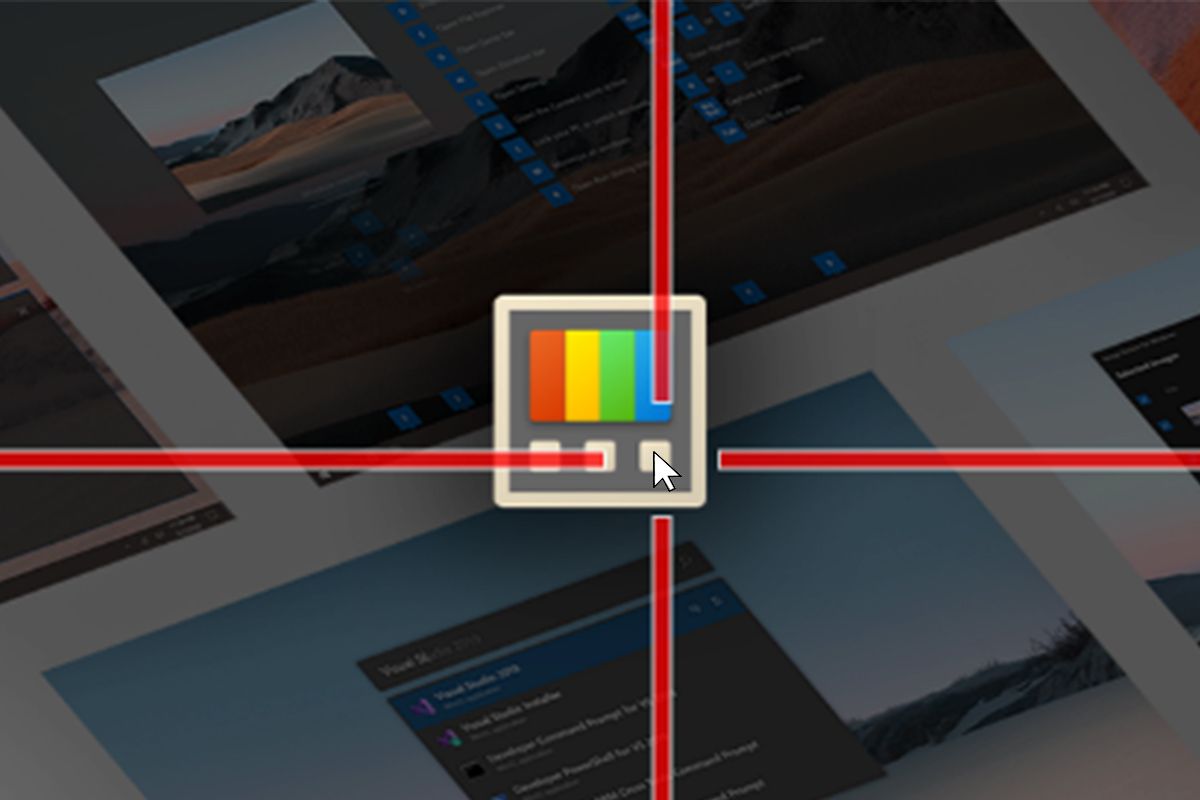
If you select too much, no worries: Just slide that fantastic little fingie of yours back toward the right a nib. The farther you slide it, the more words that'll be highlighted and selected. Now, when you want to erase a word or multiple words, touch your finger to the Backspace key (the key to the right of "m") and immediately slide it toward the left. With Gboard, you can erase an error - or maybe just something your better judgment tells you not to say - with the swipe of a finger.įirst, head back into Gboard's settings, look under "Glide typing," and make sure "Enable gesture delete" is activated. Look, we all make mistakes (yes, even yours turly). And tap it one more time, and your word will shift back into all lowercase letters. Tap it again, and it'll go into ALL CAPS. The first time you tap it, the word you highlighted will change into Sentence Case. Then hit the Shift button - the same up-facing arrow directly to the left of the "z" key we were just talking about a second ago. Well, guess what? Gboard's got a secret shortcut for that situation, too: When you're working with any manner of text on your phone, double-tap the word you want to adjust to select and highlight it. HANDY, EH?! Gboard shortcut #4: Quick cap after the factĬapitalizing as you type is fine and dandy, but sometimes, you don't realize you need to change a word's case until after you've entered it into an email, a document, or a Very Important Business-Related Message. That letter will come through capitalized, and the keyboard will then automatically switch back to lowercase when you let go. Whether you're typing out an acronym or just feeling especially shouty, there are bound to be times when you want to capitalize a letter beyond the first character of a sentence.Īnd sure enough, Gboard has a hidden shortcut that makes that easy to do: Touch your finger to the Shift key (the up-facing arrow to the left of the "z") - and instead of letting go, keep your finger down and swipe over to whatever letter you want. Now all those crazy characters are right at your fingertips, whenever and however you want 'em. Select "Preferences," then scroll all the way down and activate the toggle next to "Long-press for symbols." To enable that feature, head back into Gboard's settings. That'll also give you the option of long-pressing any letter to pull up the associated symbol. JRĪnother bonus tip: You can make Gboard display all of the basic special characters within its main keyboard interface, too - in the corner of each letter, just like you see in my screenshots - so you'll know exactly where to swipe before you begin. You'll see an ellipsis (.) at the bottom of their keys when you slide over them, and if you keep your finger in place for a second or so, you'll see a selection of additional related characters pop up for your sliding-selection pleasure. Some of the symbols - like the parentheses, for instance - have even more special characters embedded within them. Once you let go, that character will be inserted into your text, and the keyboard will go back to its regular QWERTY panel.
#On screen crosshair android full
You'll see a screen full of numbers and special characters instantly appear, and you can then just swipe your finger (without lifting) to the one you want. On the surface, Gboard seems to make it slightly difficult to get to special characters like the underscore or the asterisk - but there's actually a super-simple way to find and access practically every number or symbol your language-lovin' heart could ever desire.Īll you've gotta do is touch your finger to the "?123" key and then slide it upward across the keyboard.

Gboard shortcut #2: Fast character access
#On screen crosshair android series
That'll give you a series of arrows for positioning the cursor and also selecting, copying, and pasting text with precision. Within the keyboard's settings, select "Glide typing" and make sure the toggle next to "Enable gesture cursor control" is activated and in the on position.Īnd a bonus tip: If you want even more precise cursor control, look for an icon that looks like an "I" with arrows on either side of it in that same top-bar menu of the keyboard (and if you don't see an "I" there, tap the three-dot menu icon in that same area, find the item labeled "Text Editing," and then drag it up into the menu bar - sensing a pattern here yet?). If sliding on the space bar doesn't do anything for you, don't panic: Just tap the gear-shaped icon within Gboard's upper row (or if you don't see that icon in the keyboard's top row, tap the three-dot menu icon within that same area and then find the gear icon in the larger menu that comes up).

That'll move your cursor accordingly and let you place it wherever it's needed. Well, Gboard has a hidden answer: Just touch your finger to the space bar, and - without lifting it up - slide it to the left or right.


 0 kommentar(er)
0 kommentar(er)
